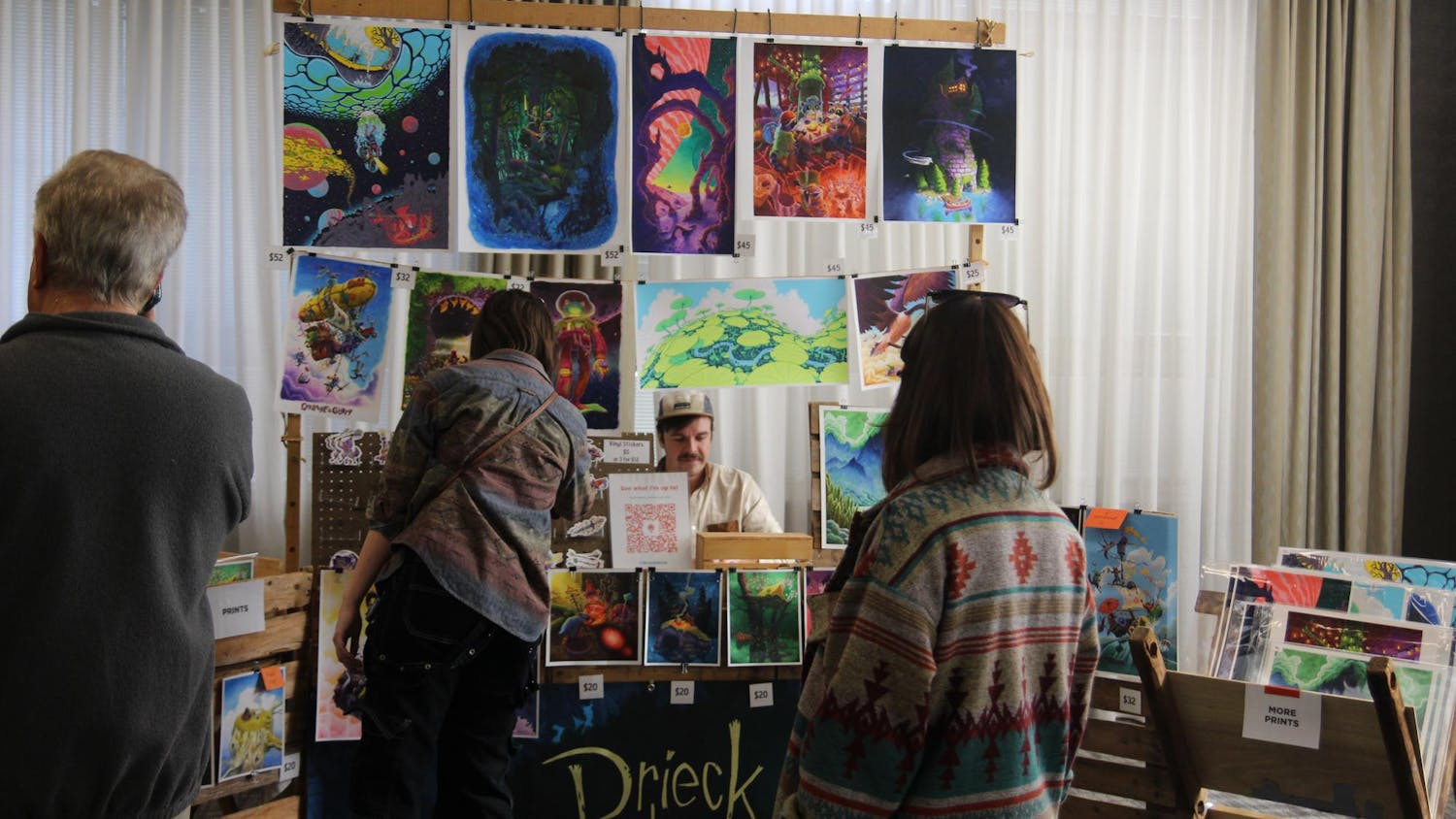In 1917, French artist Marcel Duchamp, in a very artisty manner, exhibited a urinal, not of his own creation, turned upside down and signed, “R. Mutt,” as his latest work and titled it, “Fountain.” After 91 years and Andres Serrano’s “Piss-Christ” photograph, this doesn’t seem so shocking, but at the time it was enough to spark up scandal among the filthy-rich art patrons that loomed over the heavily transitioning art world. His new medium of ready-made objects twisted out of context was such a great contribution to an emerging style of art known as Dada that in 2004, it was named “the most influential artwork of the 20th century” by 500 art experts involved in the Turner Prize Committee.\nNow, even someone from the radical, left-wing ideology of art such as myself can see why this seems like a bit of a load. He didn’t make it, it’s a very easy production and it’s something that formerly housed urine. But in order to truly appreciate why “Fountain” is such a big deal, one should look at the aims of the Dada movement as a whole and understand where it has brought us. Dada began in 1916 in Switzerland, and its creators were motivated by the horrors of World War I. Its message was of nothingness and anti-art, and it rejected the commonly accepted paradigms of aesthetics and sensibilities in order to bring up an awareness of the insanity of civilization and acceptability of everything as art. Formally, a work of Dada art is composed by finding a ready-made object, taking it out of its original context, juxtaposing the object with an unfitting object to create theme and declaring it a work of art.\nBy 1920, formal Dada had reached its peak and was on the decline. What seemed like a short-lived, overly experimental European art form ended up influencing the entire scope of art. Later movements such as abstract expressionism, pop art, absurdism, environmental theatre and postmodernism all have their roots in Dada, and even our current pop culture phenomena are engulfed in the message of Dada.\nTelevision shows such as “The Office” take ordinary reality and highlight its comedy by mere observation. Films such as “No Country for Old Men,” “Juno” and “Lars and the Real Girl” take commonplace ideas mixed with complete absurdity to reveal artistic truth. Bands such as Liars, Against Me! and Hot Chip all create music from the basis of nothingness and the experimental, often intentionally unpleasant, manipulation of basic sound. \nThe constant questioning of social behavior and the paradigms of our constructed reality are part of what makes our culture unique. Contemporary issues of the 21st century are both praised and publicly criticized, and we often find ourselves in a balance between sarcasm and sensitive appreciation of beauty. Our world is a crazy, beautiful one, and it is best represented in Dada, an art form that has long since left us, but is still present.
Dada art: more than just a urinal
Get stories like this in your inbox
Subscribe





